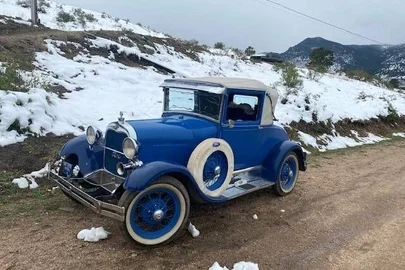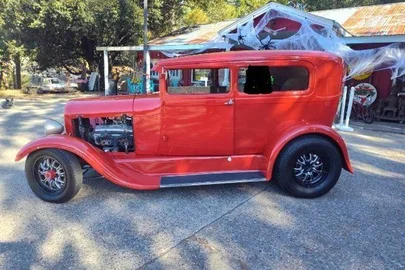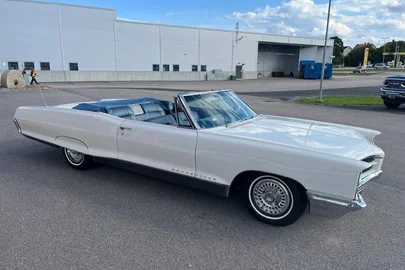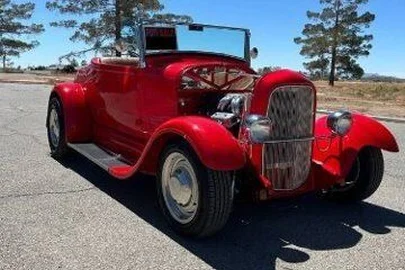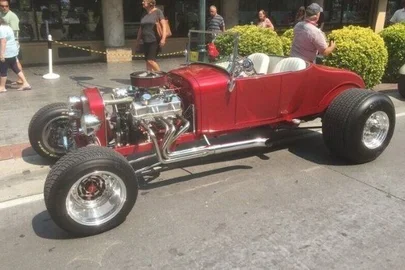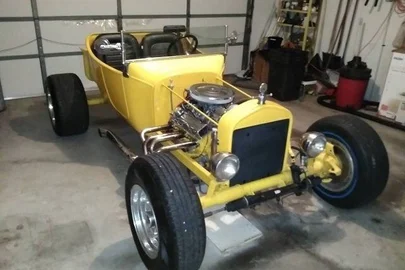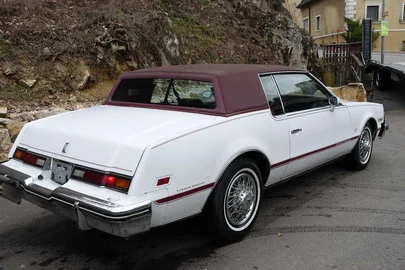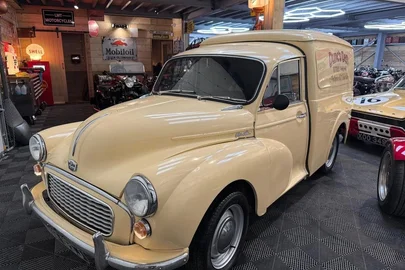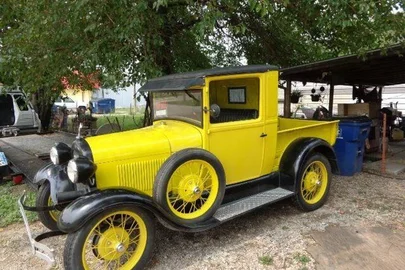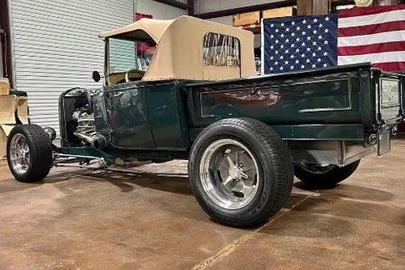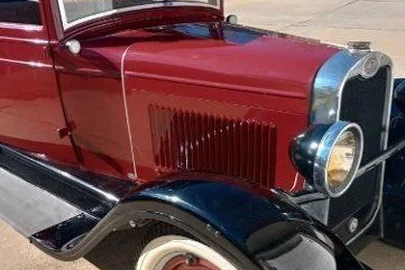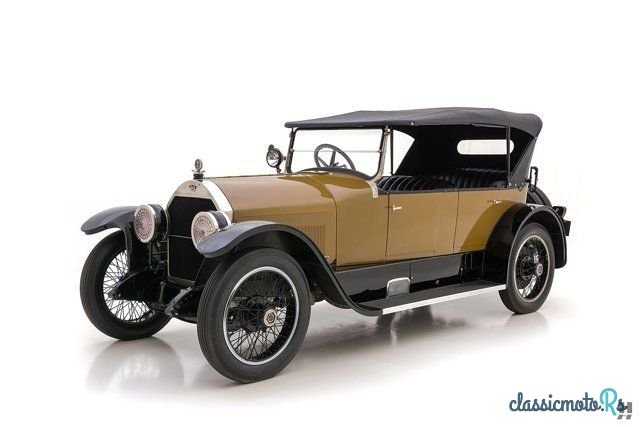

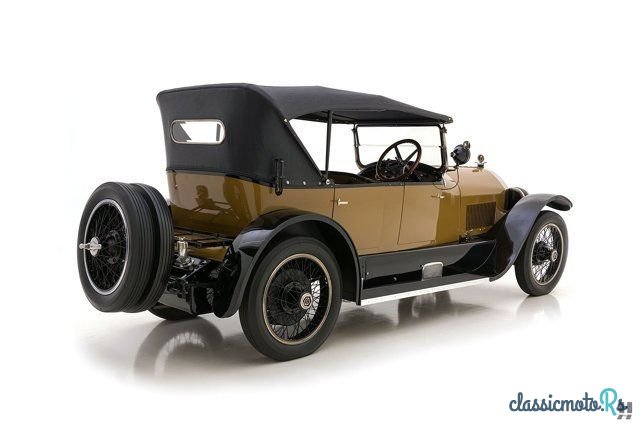
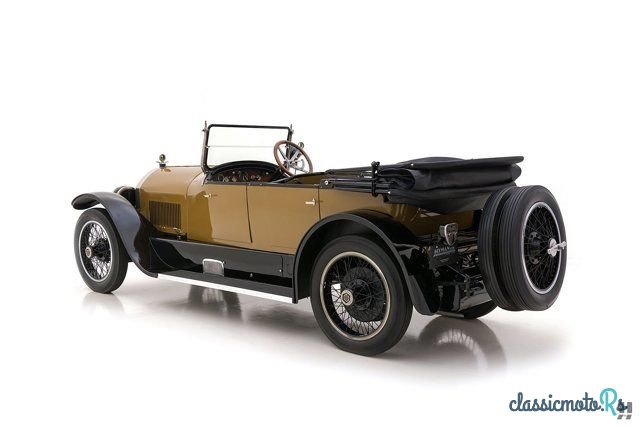

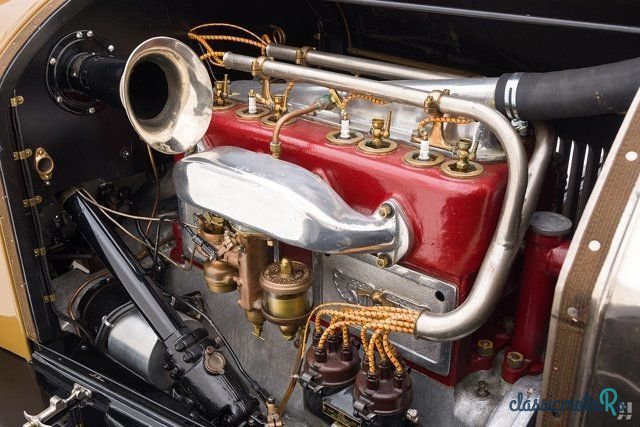
6 photos
1921' Stutz Model K
Report This Ad!Rate This!Bookmark This
$89,500Published 23 April 2023ID: xDGilv
Expired
2 years, 7 months ago
2 years, 7 months ago
Information from the owner
Body: Sports Car
Age: 102 years
Exterior color: Black
Seller's comments about 1921' Stutz Model K
One of the early American automobile industrys most colourful and skilled personalities Harry C. Stutz built his first horseless carriage nicknamed Old Hickory in 1898 at age 22 followed by another by 1900 powered by a single-cylinder engine he designed and built. Following stints with auto parts tire and carburetor companies Stutz and two partners established the American Motor Car Company where Stutz designed and built his first production model. Just a year later Stutz joined the Marion Motor Car Company in Indianapolis where he served as chief engineer and plant manager. There Stutz began racing the cars he engineered and he introduced such innovations as four-shoe drum brakes and an innovative transaxle design. Following the takeover of Marion by Willys in 1908 Stutz left in 1910 to establish the Stutz Auto Parts Company and the Ideal Motor Car Company in 1911 where Stutz conceived his vision for a top-quality American sports car costing less than $2000 one capable of taking on the worlds finest competitors.The first Stutz car bearing his name was rightly celebrated as the car that made good in a day by finishing the inaugural and punishing Indianapolis 500 just days after it was built. Following this outstanding performance Stutz cars sold well and earned an enviable reputation and rising demand for their durability and fierce performance exemplified by the Bearcat. A plant expansion and a planned switch to Stutz-designed engines was financed with a stock offering and a financier eventually gained control of the company prompting Stutz to sell and leave his own company by 1919 to produce a new car the H.C.S.However the momentum of Stutzs early leadership and his engineering prowess continued to profoundly influence the companys products through the late 1910s and early 1920s with the Series K of 1921-1922 being the last Stutz models to share many characteristics with the famed Bearcat including a big 361 cubic-inch T-head 4-cylinder engine rated at 80 horsepower on a 10-inch longer wheelbase chassis. Right-hand drive was utilized same as the Bearcat. Roomier more elaborate yet lightweight bodywork and repositioning of the shift lever to the interior were the only substantive differences from the Bearcat. Fast nimble and reliable the Model K and its Bearcat-derived predecessors of 1915-1920 rank among the rarest Nickel Era cars for todays collectors who like to drive as well as appreciate their historic automobiles.Alternatively known as the Bulldog this 1921 Stutz Model K 4-passenger Touring car is one of very few authentic examples of these decidedly sporting motorcars remaining in existence today. According to known history it continues to benefit from the enthusiastic ownership of noted Stutz collector Don Short who is understood to have purchased the car in the 1940s going on to retain it for the next six decades until his eventual passing in the early 2000s. More recently the Bulldog was freshened cosmetically and mechanically including an exterior refinish in Ochre with correct Black fenders selective interior reupholstery and installation of a correct new folding top. Choice accents include a correct rear-mounted luggage trunk and dual rear-mounted spares which very nicely complement the Bulldogs flowing close-coupled body style. A Stutz cloisonn emblem Stutz-logo Moto Meter and Stutz drum-type headlamps adorn the front end of the vehicle. Useful instrumentation includes a period Warner speedometer correct black wall tires surround proper Buffalo wire-spoke wheels sporting Stutz-logo hub caps black painted spokes and polished rims Recent detailing upholds its wonderful condition and appearance. Rightly recognized by the CCCA as a Full Classic automobile this powerful and desirable Stutz Bulldog is simply an ideal Nickel Era touring car that will be welcomed at the Glidden Tour and a wide array of enjoyable AACA CCCA and VMCCA events. Offers welcome and trades consideredFor additional details please view this listing directly on our website https://hymanltd.com/vehicles/7069-1921-stutz-series-k-bulldog-touring/
